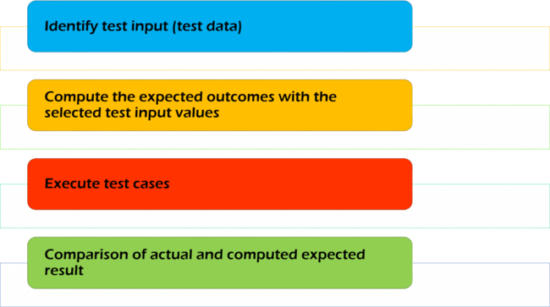Quality Assurance and Software Testing are a huge part of the SDLC (Software development life cycle) process. As the name depicts, to perform functional testing, it is a critically the kind of black-box testing that is performed to verify that the functionality of a system or an application is behaving as expected. It is mainly performed to verify all the functionality of a product. It ensures that the requirements are appropriately satisfied by the application. It is not concerned with how processing occurs, but fairly, with the outcomes of processing. Functional testing simulates actual system usage but doesn’t make any system structure assumptions.
It involves the complete integrated system to verify the system’s compliance with its particular requirements. In actual testing, testers need to evaluate a precise action or function of the code. However, for functional testing either automation or manual testing tools can be used. In brief, we can say, prior to non-functional testing the Functional testing would be implemented first. There are several testing techniques. The two prime techniques comprise black box testing and white box testing, even though there are additional techniques counting:
- Unit Testing
- Smoke Testing
- Integration Testing
- Interface Testing
- Regression Testing
- Localization Testing
- User Acceptance Testing
- Usability Testing
- System Testing
- Globalization Testing
Recommended Articles:
Technique to upload file in Selenium WebDriver
How to Perform Functional Testing?
Contrary to famous belief, it can be & should be performed at the beginning of the SDLC. Pretty much a black box testing technique, it entails initial feeding of input data to the system and a succeeding validation of the reaction, against the main specifications. In short, this kind of testing process can be summarized into a few significant points, which are:
- Expected functionality of the software product is recognized.
- Test data is used by the consultants to identify the inputs.
- Once identified, the team generates input data based on the functional specification.
- Test cases are implemented with proper inputs.
- Lastly, the results derived from the tests are compared with the expected result.
As this type of testing is executed with the end user’s requirements in mind, it also assists developers to create test scenarios that closely mimic real-world use scenarios. The more clear and specific the user specifics, the better testing work to guarantee that these expectations are met by informing the design of fitting and suitable tests. Eventually, the effectiveness of the tests moves around the knowledge of customer requirements coupled with savvy test design.
Overall, it is more effective and useful when the testing conditions are created directly from business/ user requirements. When test conditions are shaped from the system documentation (design documents/ system requirements), the flaws and imperfections in that documentation will not be spotted through testing and this may be the cause of end-users’ wrath when they ultimately use the software. There is a number of free and paid software testing tools obtainable in the market; yet, selecting a tool is an arduous task. It mainly depends on the specific project requirements.
This was all about Functional testing. Stay connected for more articles on testing concepts.




Very Nice!